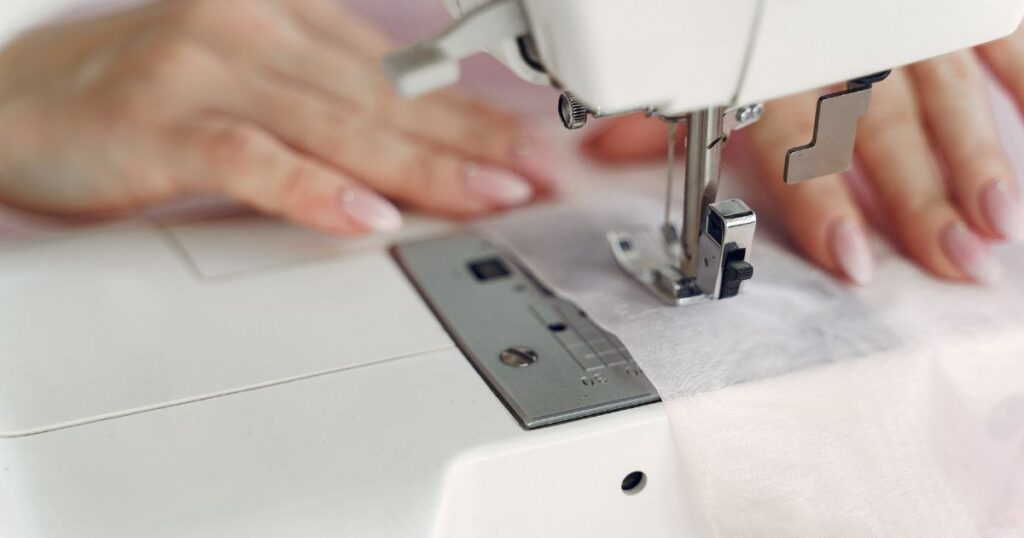Machine Quilt Meanders Like a Pro

Free-motion quilting is a technique that takes a lot of practice. Susan Brubaker Knapp wrote a series of articles, which has been collected into a convenient eBook, to help artists like us develop our skills and to encourage us to explore diverse quilting motifs.
The section where she teaches how to machine quilt ‘basic meanders,’ was by far the most helpful for me. Even though this is a motif we often learn as beginners, it can actually be quite difficult to master. Susan shares her expertise with these technique tips that are sure to help you machine quilt meanders like a pro.
Meanders
Excerpted from the article by Susan Brubaker Knapp
The most basic meander resembles curves on puzzle pieces. (figure 1) Most beginners start out with a meander that looks like figure 2—uneven knob sizes, unequal space between knobs, strange shapes, sharp points, and crooked changes of direction.
Smooth it Out
There are three important things to work on if you want to create a nice basic meander pattern. The first is making sure your quilting is smooth (no sharp points or changes in direction) and that all the knobs are the same size. I usually suggest that students slow down, and concentrate on moving their hands in a deliberate way and at a constant speed.
Try to find the sweet spot—the balance between how fast the needle is going and how fast your hands are going. This will help you get in the zone and establish a nice rhythm, which leads to smoothness and consistent stitch length. Relax and keep breathing. (Some beginner free-motion quilters actually hold their breath. Don’t do this; you need all the oxygen your brain you can get!) Visualize the curves on a puzzle piece and project that image onto your quilt top as you work.
Take a Turn
The second challenge is learning to change direction frequently. If you don’t, all your knobs line up, creating a secondary pattern. (figure 3)
Beginners often get started and don’t want to stop, so all their knobs line up in a long string. They are focusing so hard on getting the knobs smooth and the same size that they simply forget to change direction. If this is a problem for you, count to two; when you finish the second knob, force yourself to change direction and make the next knob at a different angle than the others. After two in this direction, force yourself to change direction again.
Plan Your Escape
The third thing to work on is thinking ahead and planning an escape route. Sometimes, beginners find themselves with big empty spaces or trapped with no way out. (figure 4)
This may happen if you can’t see well where you are going, since the presser foot obscures the path ahead. By the time you discover you have a big empty space or that you’ve trapped yourself, it is too late. One way to avoid this is to consistently fill in specific areas. You can work outward radially, in a circular pattern (figure 5) or in swaths. (figure 6)
 After you feel confident in your ‘basic meander’ Susan suggests exploring motifs that fall into the meander category by using shapes outside of puzzle-like knobs. She shares so much information to help us machine quilt the basics and beyond with accuracy and enjoyment. Discover her helpful hints, encouragement, and machine quilting inspiration when you download the article collection eBook, Creative Machine Quilting: Finding Inspiration for Free-motion Designs.
After you feel confident in your ‘basic meander’ Susan suggests exploring motifs that fall into the meander category by using shapes outside of puzzle-like knobs. She shares so much information to help us machine quilt the basics and beyond with accuracy and enjoyment. Discover her helpful hints, encouragement, and machine quilting inspiration when you download the article collection eBook, Creative Machine Quilting: Finding Inspiration for Free-motion Designs.
Happy quilting,








Join the Conversation!